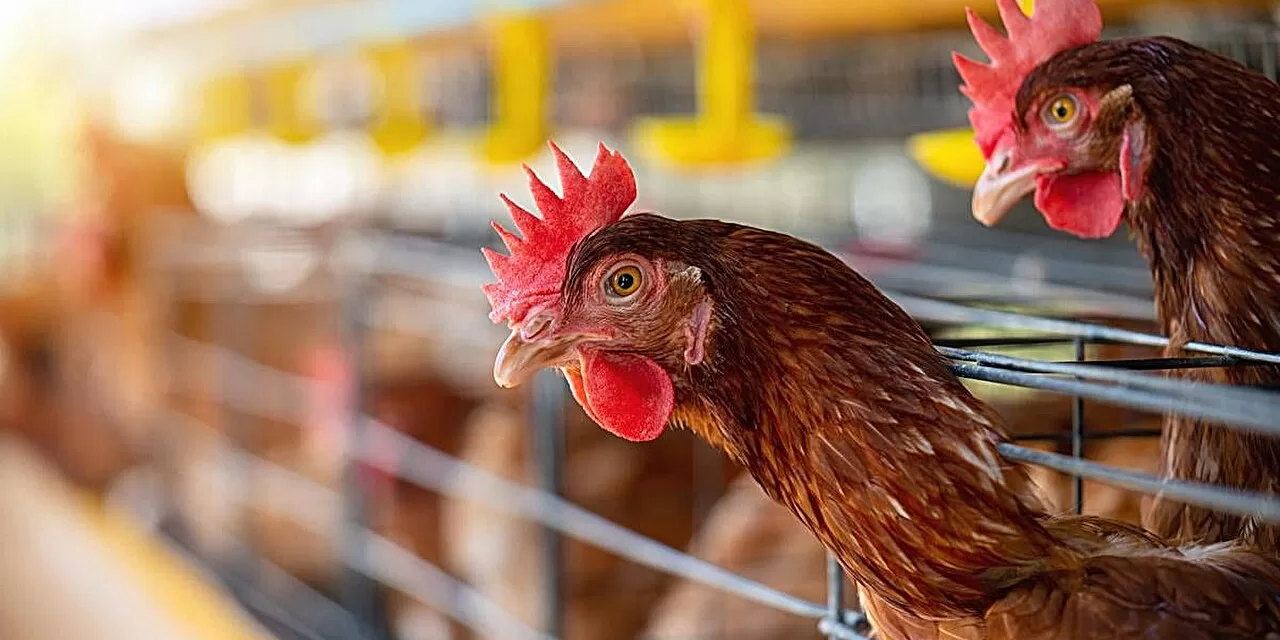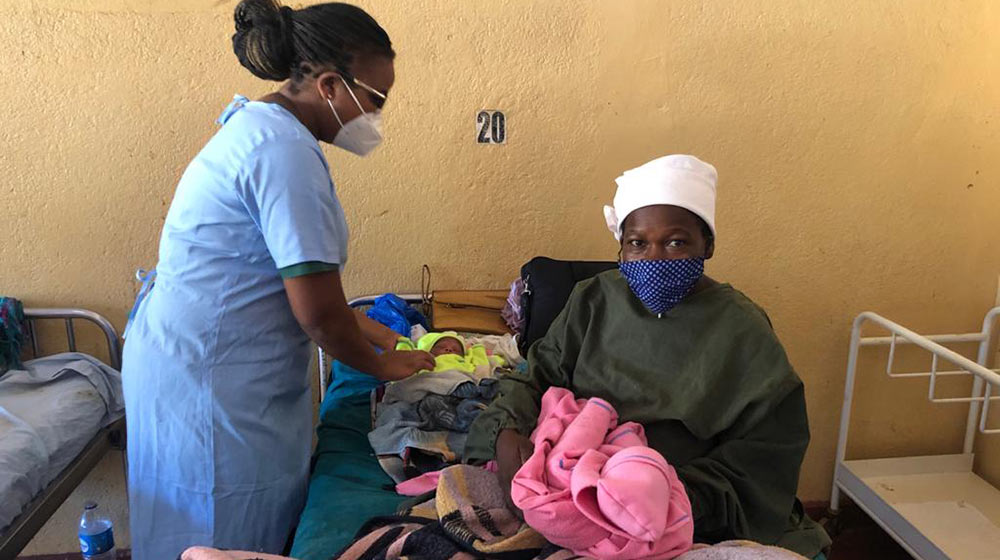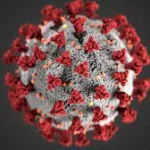A new study published by the U.S. Centers for Disease Control and Prevention (CDC) has revealed that the H5N1 bird flu virus is likely circulating undetected in livestock across many parts of the country and may be infecting veterinarians who are unaware of their exposure.
The findings, reported in the CDC’s Morbidity and Mortality Weekly Report, are based on an analysis of 150 bovine (cow) veterinarians from 46 states and Canada. Conducted by researchers from the CDC, the Ohio Department of Health, and the American Association of Bovine Practitioners, the study found that three of these veterinarians had antibodies for the H5N1 virus in their blood, indicating prior infection. Notably, none of the affected veterinarians recalled experiencing any symptoms, including conjunctivitis (pink eye), which is the most commonly reported symptom in human cases.
Adding to the concern, the three veterinarians who tested positive for H5N1 antibodies reported that they had not knowingly worked with cattle or poultry infected with the virus. One of the affected veterinarians had only worked in Georgia and South Carolina—two states where H5N1 infections in dairy cows had not been officially reported.
Seema Lakdawala, a microbiologist at Emory University in Atlanta, noted that she was surprised that only 2% of veterinarians surveyed had tested positive for antibodies, especially since a separate CDC study indicated that 17% of dairy workers sampled had been infected. However, she found it even more concerning that none of the veterinarians had realized they were infected or had been exposed to infected animals.
“These surprising results indicate that serum surveillance studies are important to inform the risk of infections that are going undiagnosed,” Lakdawala stated. “Veterinarians are on the front line of the outbreak, and increased biosafety practices like respiratory and eye protection should reduce their exposure risk.”
Jennifer Nuzzo, director of the Pandemic Center at Brown University, described the study as both reassuring and concerning. “On one hand, we see evidence suggesting that more H5N1 outbreaks on farms may be occurring than are being reported. On the other hand, it’s reassuring that infections among veterinarians do not appear to be widespread. This means there is still an opportunity to contain the virus and prevent it from spreading further.”
The study’s analysis was conducted in September 2024, at a time when only four human cases had been reported and infections were believed to be limited to dairy cattle in 14 states. However, since then, the number of human infections has risen to 68, with 40 cases linked to dairy workers, and the virus has spread to cattle herds in 16 states.
John Korslund, a retired scientist from the U.S. Department of Agriculture, acknowledged the significance of finding H5N1 antibodies in veterinarians. However, he cautioned that this method of detection is an “imprecise way to measure state cattle incidence.” Nonetheless, he emphasized that the findings reinforce the fact that humans are susceptible to subclinical infections, which could lead to reassortment—the process by which different influenza strains mix and potentially create a new, more dangerous variant.
Korslund also highlighted concerns about the D1.1 version of the virus, which has been identified in dairy cattle and one human case in Nevada. “This strain is changing the landscape… People may be more susceptible (or not) with a greater potential for severity (or not),” he remarked. He added that it is likely the virus will be detected in more states, but its behavior and transmissibility within and between cattle herds remain poorly understood.
As concerns grow over the potential for H5N1 to spread further in livestock and human populations, experts stress the need for continued surveillance, enhanced biosafety measures, and proactive containment strategies to mitigate risks associated with the virus.
Disclaimer: This article is based on current research and available data. Information about the H5N1 virus and its transmission is subject to ongoing investigation. Readers are encouraged to consult health authorities and professionals for the most up-to-date guidance and recommendations.


![Interim recommendations for use of the ChAdOx1-S [recombinant] vaccine against COVID-19 (AstraZeneca COVID-19 vaccine AZD1222, SII Covishield, SK Bioscience)](https://healthandfamily.in/wp-content/uploads/2021/04/1-77.jpeg)








